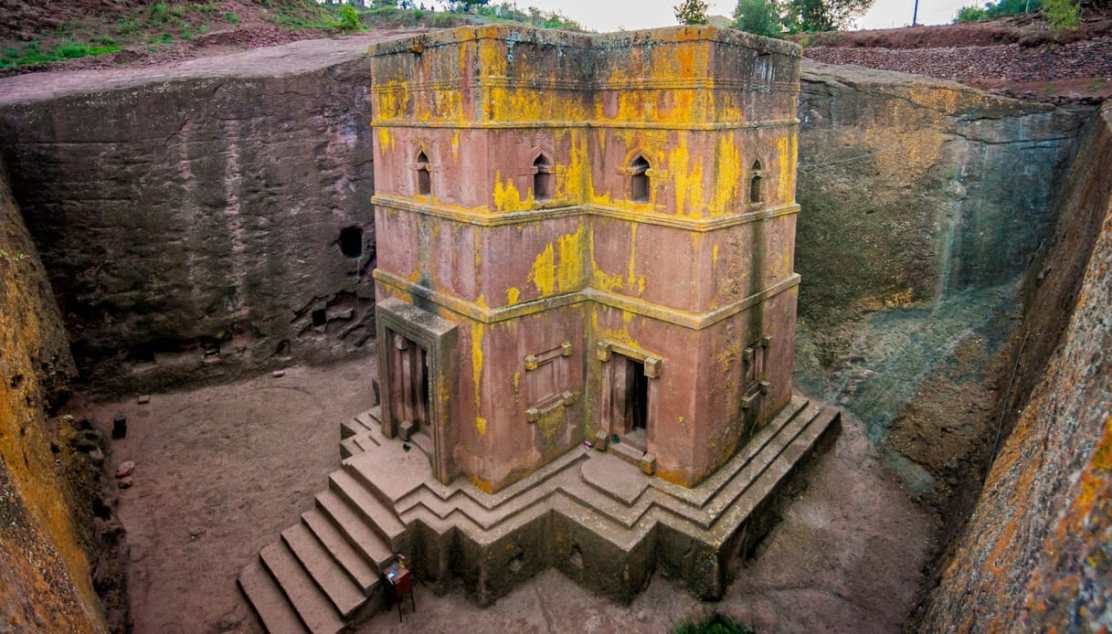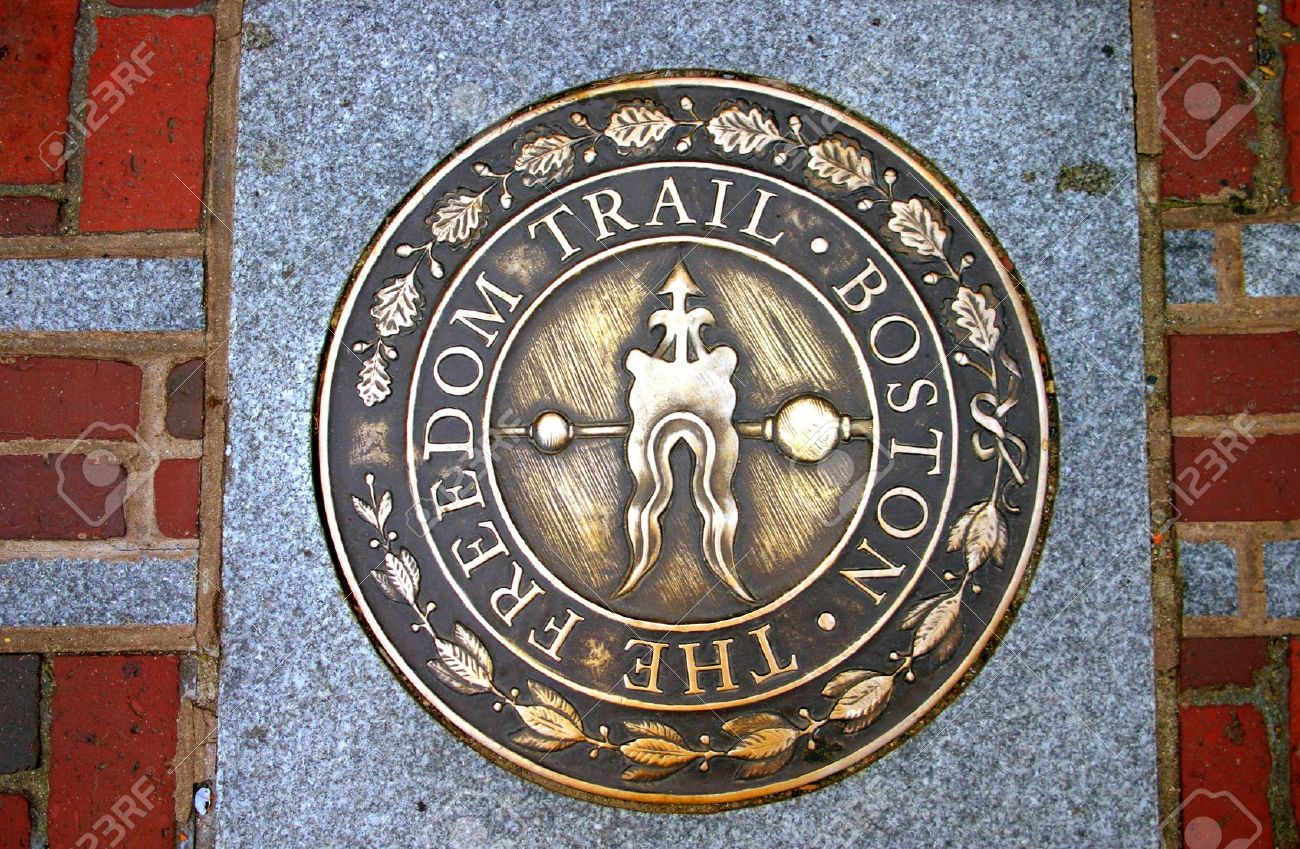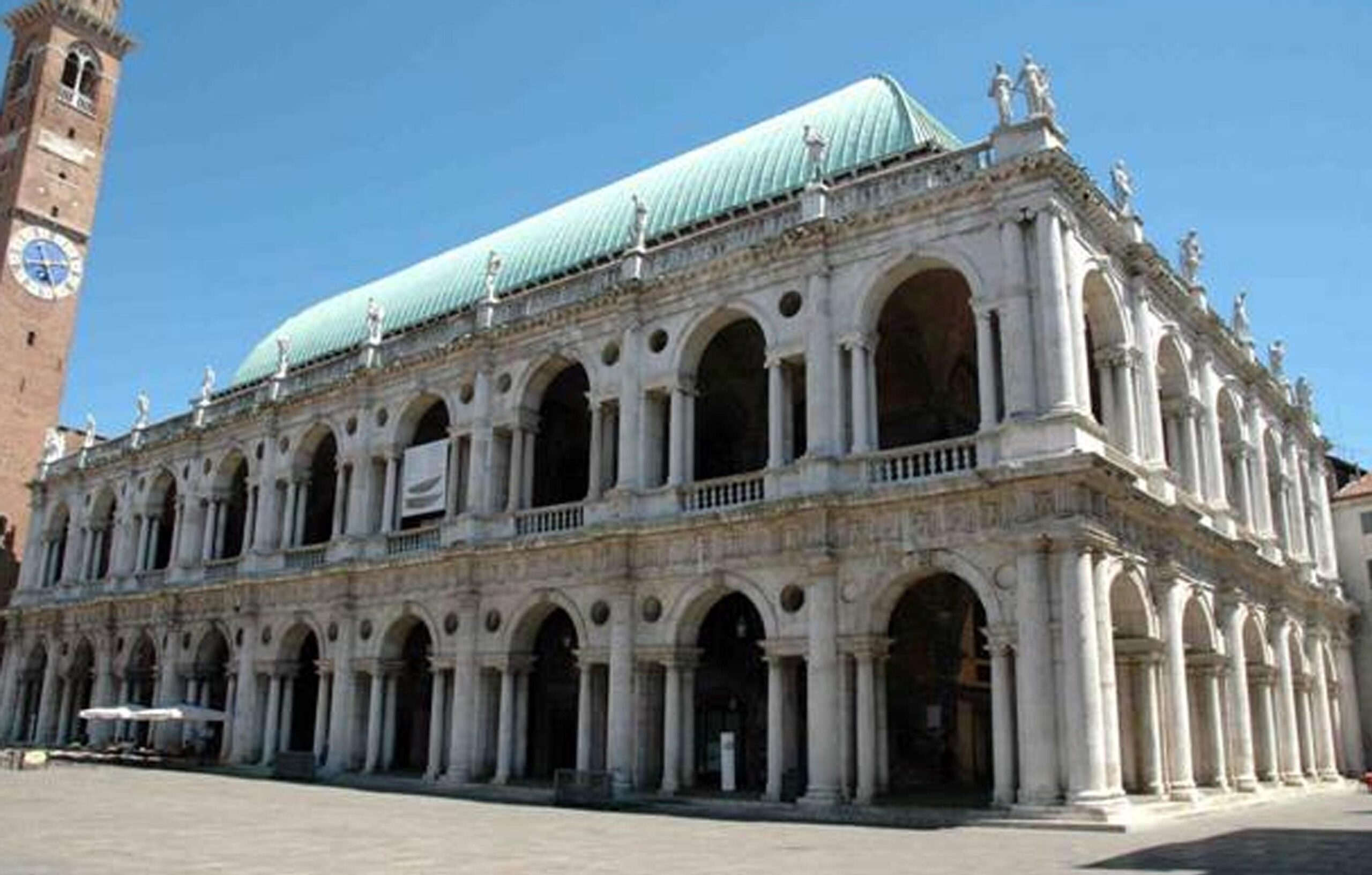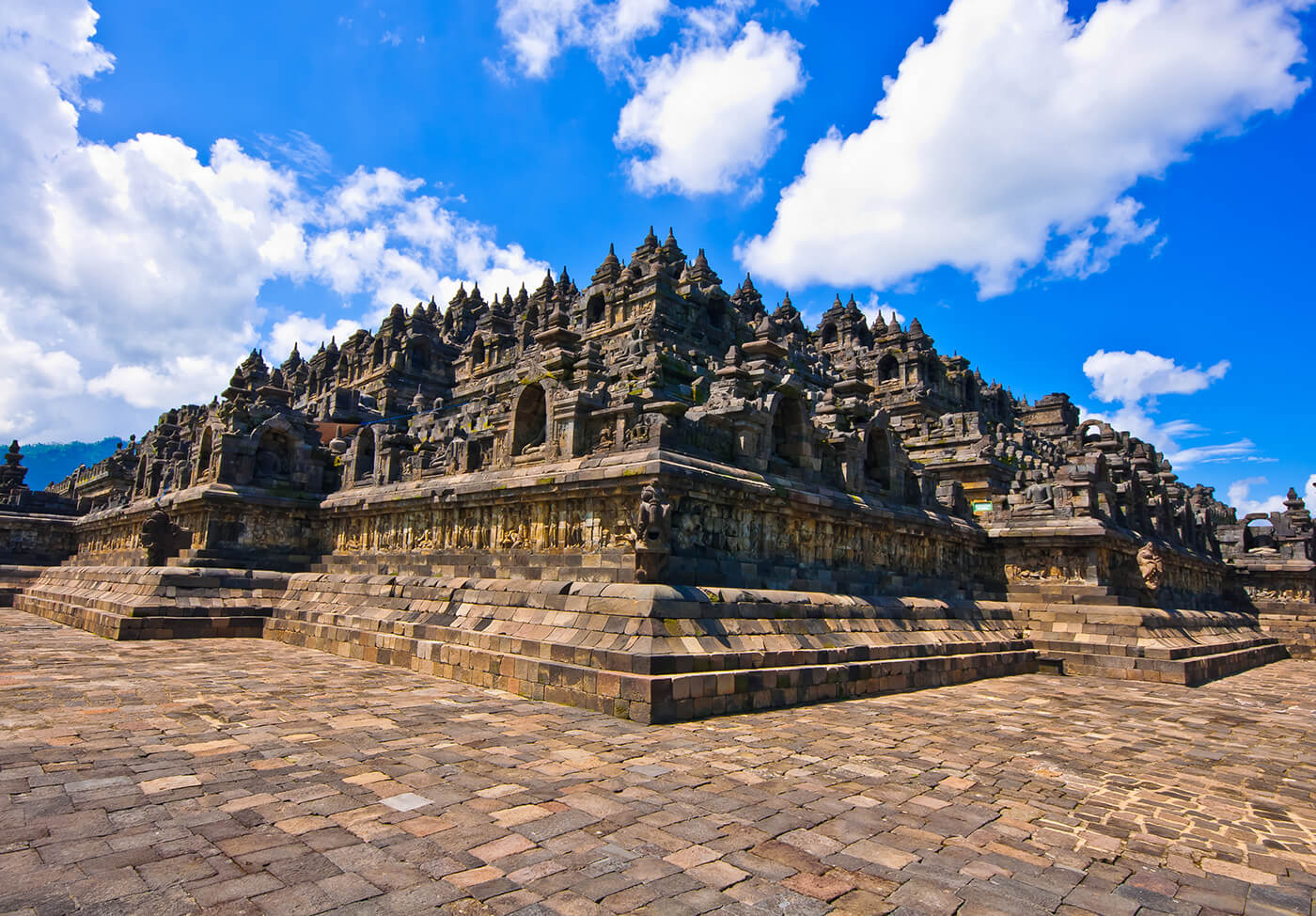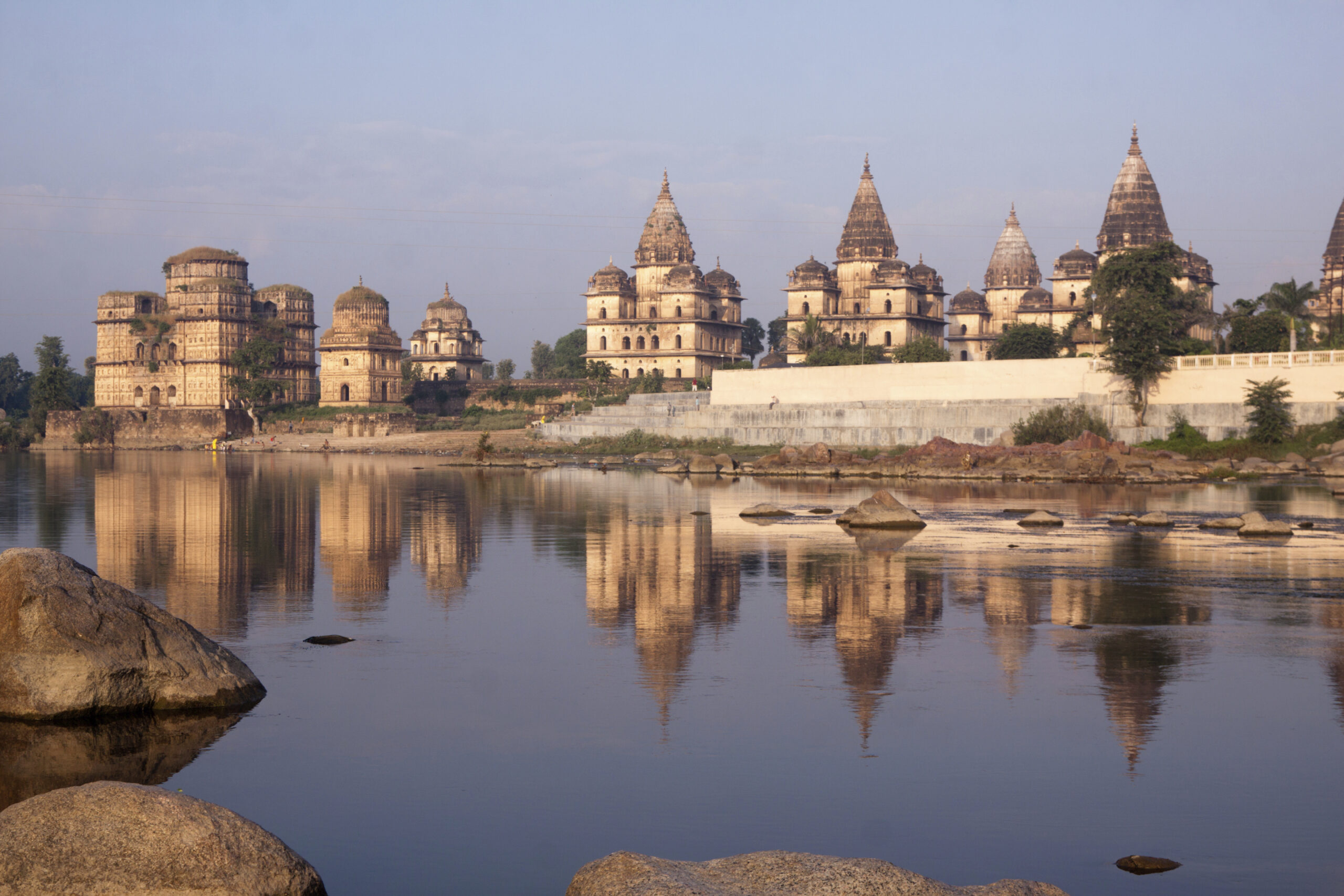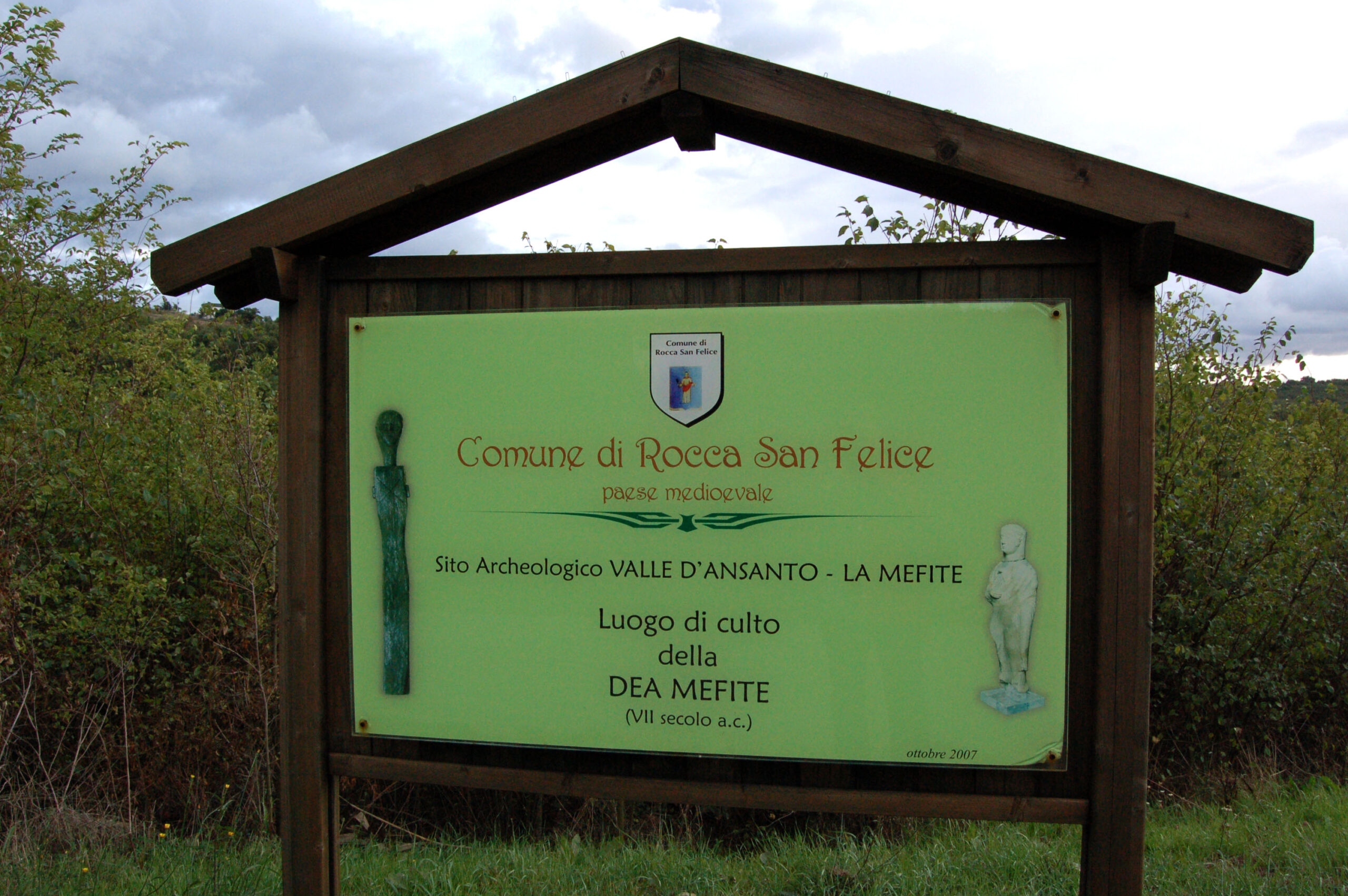In 1864, Shimla was declared as the summer capital of British India.The climatic conditions attracted the British to establish the city in the dense forests of Himalayas. As the summer capital, Shimla hosted many important political meetings including the Simla Accord of 1914 and the Simla Conference of 1945.Shimla is home to a number of buildings that are styled in the Tudorbethan and neo-Gothic architectures dating from the colonial era, as well as multiple temples and churches. The colonial architecture and churches, the temples and the natural beauty of the city attract a large number of tourists.The Kalka–Shimla Railway line built by the British, a UNESCO World Heritage Site, is also a major tourist attraction.


